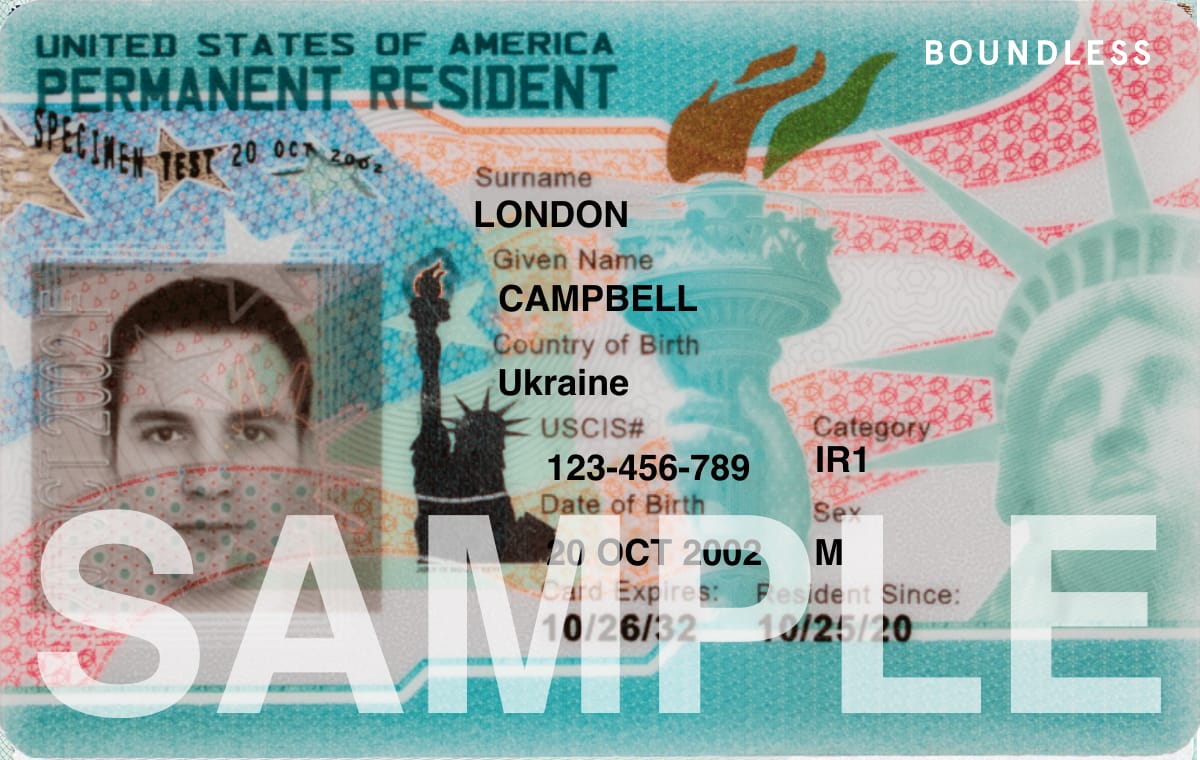After a difficult birth, especially one where the baby or mother suffered injury, many families are left with a nagging feeling that something wasn’t right about the care they received. But knowing whether that feeling reflects actual problems with care or just the trauma of a difficult experience isn’t always clear.
Certain questions can help reveal whether the care provided met appropriate standards. The answers—or the way medical staff respond to the questions—often indicate whether care failures occurred.
Were Warning Signs Acted On Promptly?
One of the most important questions centers on timing. If there were signs that the baby was struggling—abnormal heart rate patterns, meconium in the waters, or other concerns—how quickly did staff respond?
Fetal heart monitoring exists to catch problems early. When traces show distress, appropriate action should follow within specific timeframes depending on severity. Prolonged decelerations or absent variability should trigger escalation, not just continued observation.
Parents can ask: When did abnormal monitoring first appear in my notes? What time was a doctor called? How long between that call and their arrival? What interventions were attempted before moving to emergency delivery?
The gaps in these timings tell a story. If abnormal traces appeared at 2pm but emergency cesarean didn’t happen until 6pm with no clear explanation for the delay, that raises legitimate questions about whether response was adequate.
Was Senior Staff Involved When Needed?
Midwives handle most straightforward births, but complications should trigger involvement from doctors, often consultants. When things got difficult, who was making decisions?
Questions worth asking include: At what point was a consultant called? Were they physically present or giving instructions remotely? If a registrar handled the situation, when did they involve senior staff?
Sometimes junior staff manage complications that exceed their experience level while senior doctors remain unavailable or uninvolved. This might reflect staffing issues, but it can also indicate failures in escalation protocols that should protect patients.
Were Equipment and Resources Available?
Certain equipment should be immediately accessible in delivery suites. Resuscitation equipment, emergency cesarean capability, and adequate staffing aren’t luxuries—they’re requirements for safe maternity care.
Parents can ask: Was everything needed for my baby’s resuscitation immediately available? If theater was needed urgently, was it accessible without delay? Were enough staff present to manage the emergency properly?
Delays because equipment wasn’t working, theater was occupied, or staff had to be called in from elsewhere can indicate systemic failures. While hospitals aren’t required to have infinite resources, they must maintain capacity to handle foreseeable emergencies.
How Were Decisions Explained at the Time?
During labor, medical staff should communicate clearly about what’s happening and why interventions are needed. Looking back, were decisions explained in ways that made sense, or were parents kept largely in the dark?
If a cesarean suddenly became urgent, had there been any discussion of concerns beforehand? Were options explained, or were interventions simply imposed? While true emergencies don’t allow lengthy discussions, some communication should happen even in urgent situations.
When communication was absent or minimal, it sometimes reflects a situation unfolding too quickly for discussion. But it can also suggest poor monitoring or delayed recognition of problems, where staff suddenly realized things were critical that should have triggered earlier concern.
Do Medical Records Match What Parents Remember?
Birth notes should document what occurred, when, and why. Sometimes parents notice their memories of timing or events don’t align with what’s written in records.
Discrepancies aren’t always significant—memory during traumatic events can be unreliable, and parents might misremember timings or specifics. But sometimes the gaps are substantial. If parents clearly recall raising concerns that aren’t documented, or if timings in notes don’t match other objective records (like when they arrived at hospital), that warrants attention.
Questions to consider: Are there periods during labor where minimal documentation exists? Do notes reflect concerns parents raised? Are intervention timings consistent across different parts of the medical record?
When exploring concerns about care quality, discussing potential Birth Injury Negligence with legal specialists helps determine whether documentation gaps or inconsistencies suggest actual care failures rather than simply incomplete records.
Were Guidelines Followed?
Clinical guidelines exist for managing various complications. While doctors can deviate from guidelines with good reason, they should generally follow evidence-based protocols.
Parents can ask: What guidelines apply to my situation? Were they followed? If not, why not?
For example, if a baby was significantly overdue, were appropriate monitoring protocols followed? If shoulder dystocia occurred, were recognized maneuvers attempted in proper sequence? For babies needing resuscitation, were newborn life support guidelines followed?
Departures from guidelines aren’t automatically negligent if there were valid reasons. But unexplained deviations, or failures to follow basic safety protocols, can indicate substandard care.
How Were Complications Managed?
When specific complications arose—shoulder dystocia, cord prolapse, maternal hemorrhage—was management appropriate? This requires some understanding of what should happen in these situations.
Parents can research (or ask experts to review) whether the response to their particular complication followed recognized management approaches. Did staff attempt appropriate maneuvers in logical sequence, or was there apparent confusion or lack of coordinated response?
The difference between competent management of an unpredictable complication and poor management of a foreseeable problem can determine whether an injury was truly unavoidable or resulted from inadequate care.
Were Parents’ Concerns Taken Seriously?
If a mother reported feeling unwell, having unusual pain, or sensing something was wrong with the baby’s movements, how did staff respond? Were concerns investigated promptly, or dismissed as anxiety?
Looking back, were there times when parents raised worries that, in hindsight, were valid warning signs? If so, what assessment or investigation followed those reports?
When legitimate concerns get dismissed and later prove to have been justified, it suggests failures in listening to patients and responding appropriately to reported symptoms.
What Do the Answers Reveal?
Individual concerning answers don’t necessarily prove negligence. Difficult births can occur despite good care. But patterns of concerning answers—multiple delays, repeated dismissals of concerns, missing documentation, unexplained departures from guidelines—collectively suggest care may not have met appropriate standards.
The way medical staff respond to questions also matters. Transparent, detailed answers that acknowledge challenges but explain reasoning suggest care was thoughtfully provided. Defensive responses, refusal to provide information, or answers that don’t make medical sense can indicate staff know the care wasn’t ideal.
When Questions Raise Serious Concerns
If asking these questions reveals troubling patterns, parents have options. They can request formal meetings with hospital staff, file complaints through official channels, or seek independent expert review of the care.
Understanding whether care failures occurred helps families process what happened and, when appropriate, seek accountability and compensation for preventable harm. Not every difficult birth involves negligence, but families deserve honest answers about whether theirs did.




